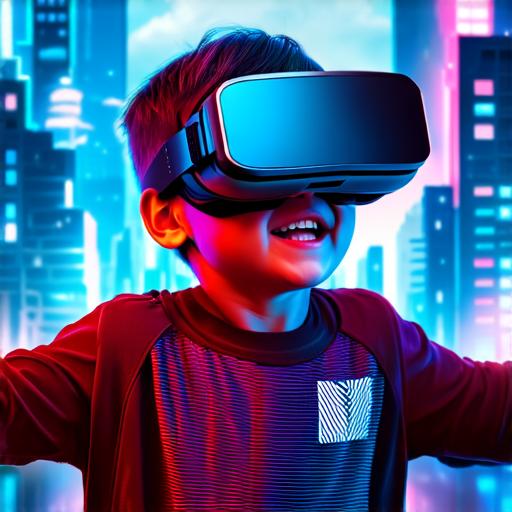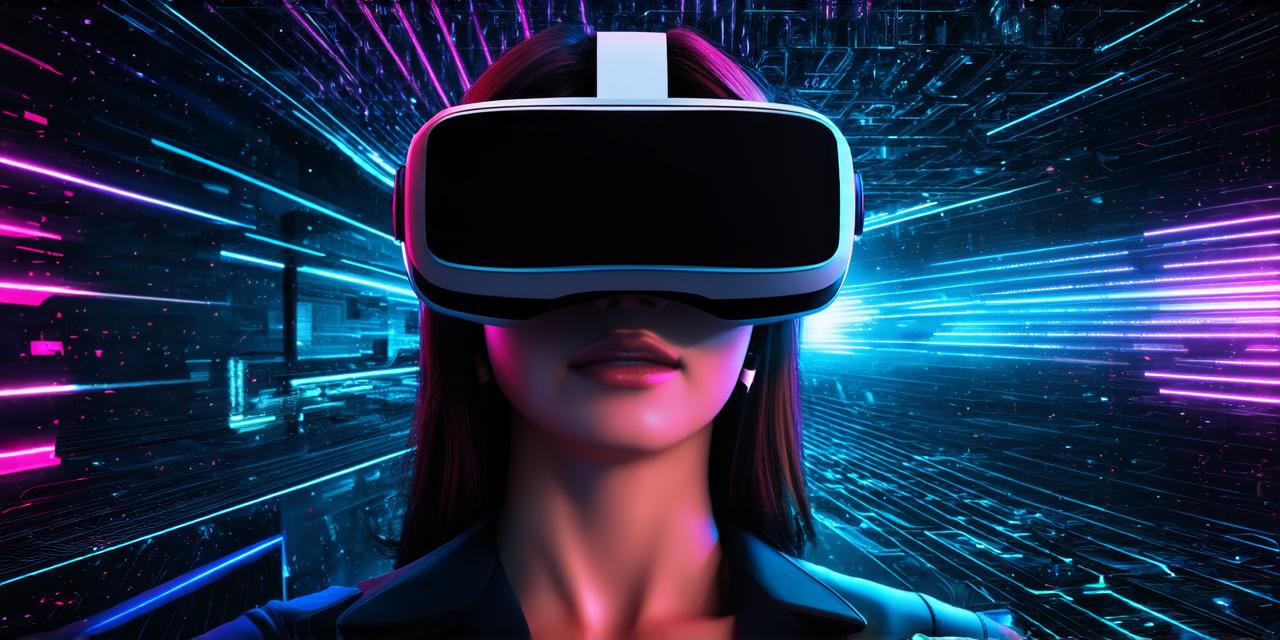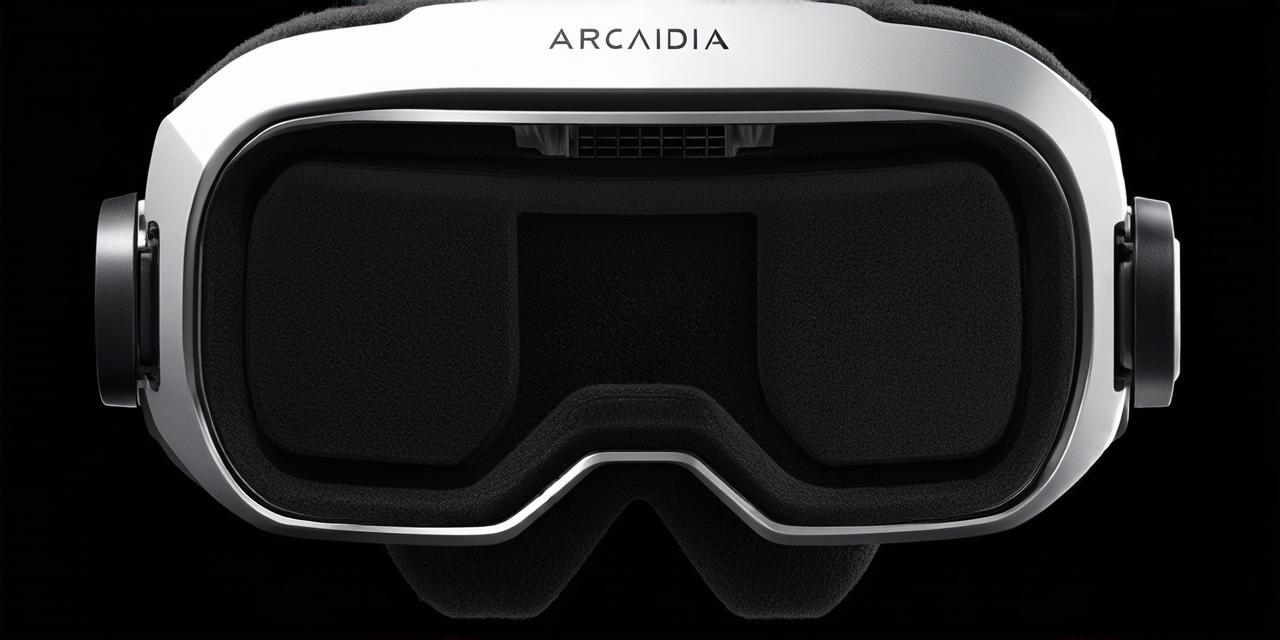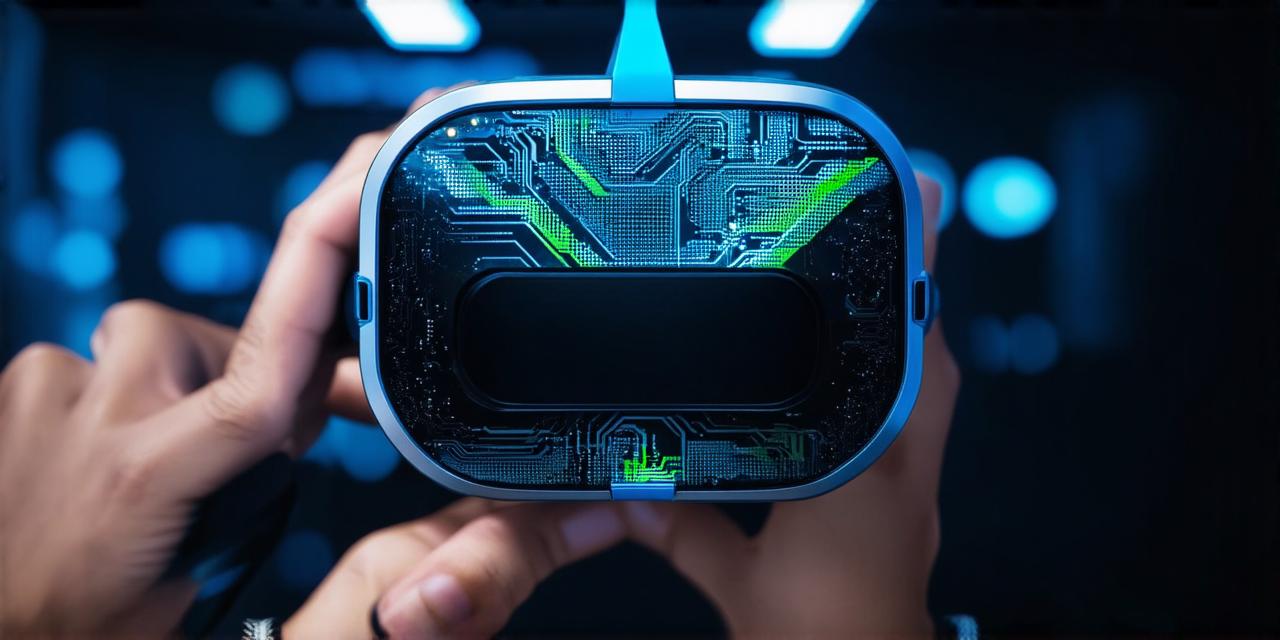The Benefits of Virtual Reality for Children
Virtual reality (VR) can have numerous benefits for children. It is highly interactive and immersive, providing an engaging experience that can enhance learning and creativity. VR has been shown to be particularly effective in helping children with autism spectrum disorder (ASD) develop social and communication skills.
In one study, children with ASD who used VR to practice social interactions showed significant improvements in their ability to understand and respond to the emotions of others.
Another area where VR can have a positive impact on children is in education. By providing a more engaging and interactive learning environment, VR can help improve knowledge retention and motivation. For instance, a study by the University of Maryland found that students who used VR to learn about the solar system were more likely to remember the information than those who learned through traditional methods.
In addition to enhancing learning, VR can also be used for therapy purposes. For example, it has been used in treatments for anxiety disorders, post-traumatic stress disorder (PTSD), and phobias. In one study, VR exposure was found to be as effective as traditional cognitive-behavioral therapy in reducing symptoms of PTSD in veterans.
The Risks of Virtual Reality for Children
Despite its numerous benefits, virtual reality (VR) also poses risks for children, particularly regarding addiction and cognitive development. Prolonged exposure to virtual environments can lead to feelings of disorientation and anxiety, while some studies have raised questions about the long-term effects of VR on the brain.
Additionally, there is concern about the impact of VR on social interactions and real-world experiences. Excessive use of virtual environments can lead to a loss of valuable experiences and relationships with others. It is important for parents to monitor their children’s experiences and be aware of any potential negative effects.
The Suitable Age for Virtual Reality Use
Given the potential benefits and risks associated with VR, it is important to consider what age is suitable for its use. While there is no definitive answer to this question, many experts recommend that children under the age of 6 should not be exposed to VR at all due to the risk of motion sickness and other adverse reactions.

For children aged 7-12, it is generally recommended that they use VR in moderation, with parents setting limits on the amount of time spent in virtual environments. It is also important for parents to monitor their children’s experiences and be aware of any potential negative effects.
For adolescents aged 13-18, the appropriate age for VR use will depend on various factors, including their level of maturity and understanding of the risks associated with this technology. In general, it is recommended that they use VR in moderation, and parents set appropriate limits and guidelines.
Case Studies: Virtual Reality in the Workplace
While the focus of this article has been on virtual reality for children, it is worth noting that VR is also increasingly being used in the workplace. In many cases, VR can provide a safe and cost-effective way to train employees in complex or dangerous tasks, such as operating heavy machinery or working with hazardous materials.
For example, General Electric has been using VR to train pilots for its new 787 Dreamliner aircraft. By simulating flight scenarios in a virtual environment, GE has been able to provide pilots with realistic training that is both safe and cost-effective. Similarly, the military has been using VR to train soldiers in combat scenarios, allowing them to practice their skills without putting themselves or others at risk.
Virtual reality (VR) can also be used for workforce training in industries such as healthcare, manufacturing, and engineering. In these fields, VR simulations can provide employees with hands-on experience in a safe environment, allowing them to learn and practice new skills without the need for expensive or dangerous equipment.
Conclusion
In conclusion, virtual reality (VR) is a rapidly growing field that can have numerous benefits for children and young people. However, it also poses risks, particularly regarding addiction and cognitive development. It is important for parents and educators to monitor the use of VR and set appropriate limits to ensure that children are using it in a safe and beneficial way. VR can also be used in various fields such as healthcare, manufacturing, and engineering to provide employees with hands-on experience in a safe environment.




